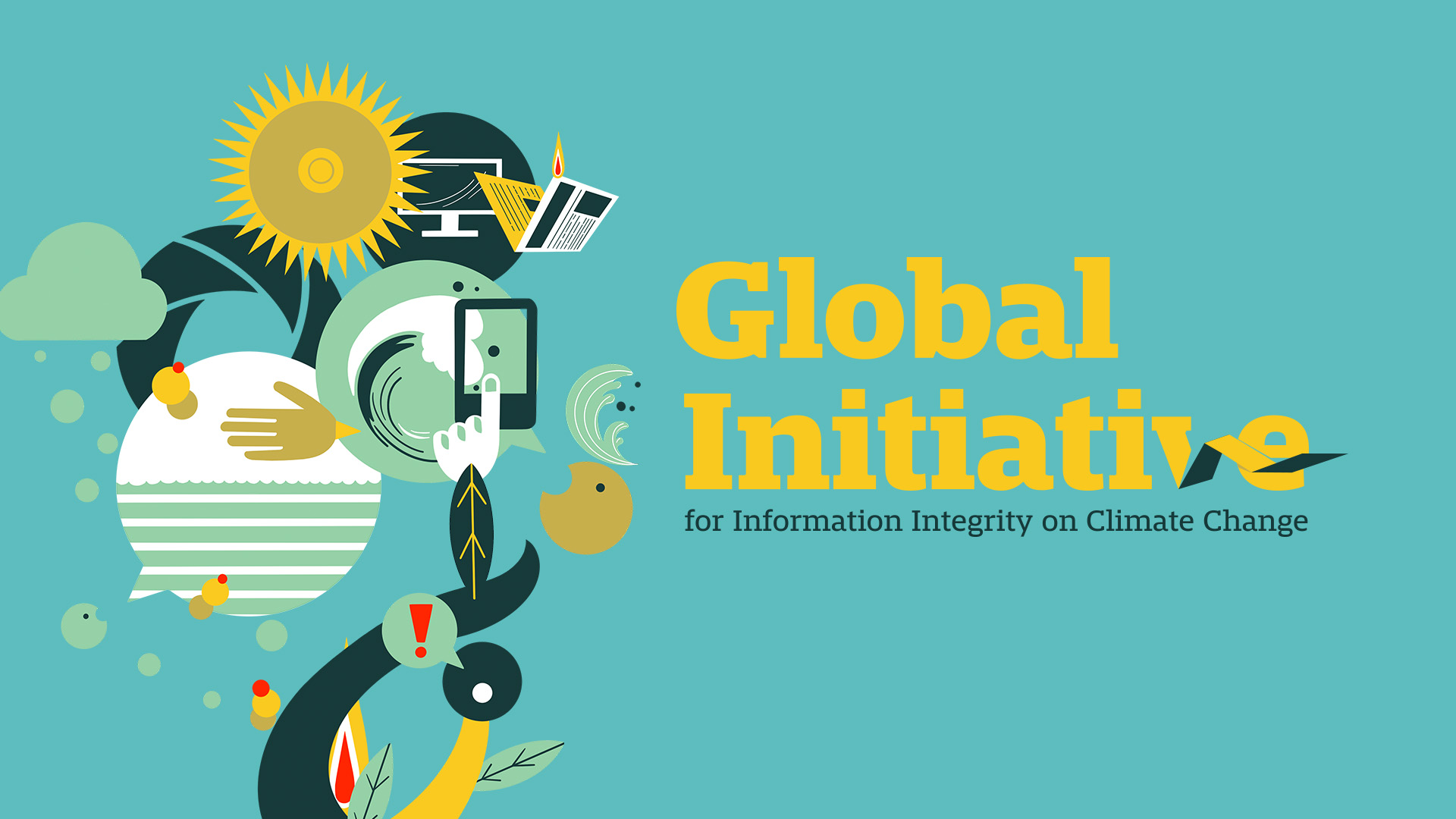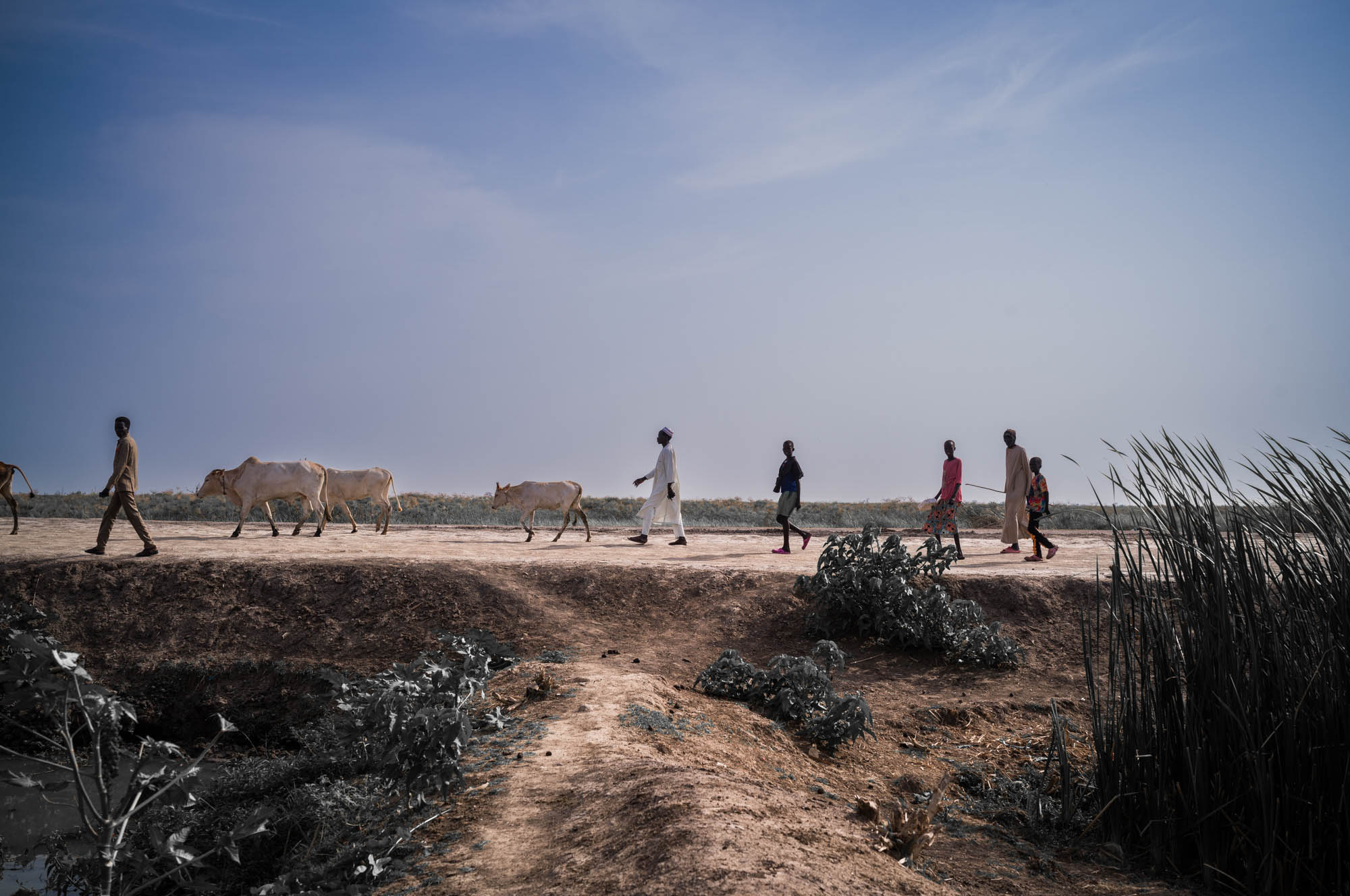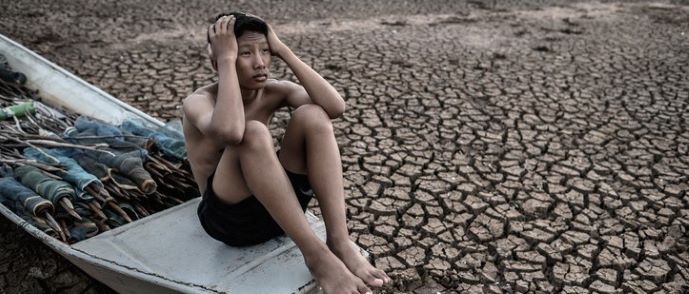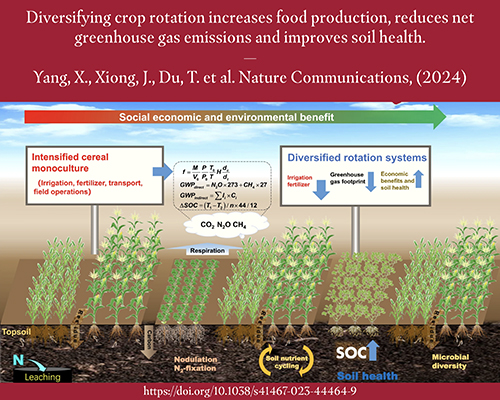Report on Paleoclimatic Data and its Implications for Sustainable Development Goals
Introduction: Pollinators, Climate Change, and Global Goals
Pollinators are fundamental to terrestrial ecosystems and agriculture, underpinning the fertilization process for plants that yield seeds and fruits. This ecosystem service is a critical component for achieving SDG 2 (Zero Hunger) by ensuring food security. However, contemporary climate change, a central challenge addressed by SDG 13 (Climate Action), is causing temporal and spatial mismatches between plants and their pollinators. A new study published in Paleobiology examines a historical warming event to provide context for the current climate crisis and its potential impact on SDG 15 (Life on Land).
Historical Analogue: The Paleocene-Eocene Thermal Maximum (PETM)
Approximately 56 million years ago, a major global warming event known as the Paleocene-Eocene Thermal Maximum (PETM) occurred. This event serves as a crucial, albeit slower, analogue for modern anthropogenic climate change.
- Cause: A massive release of carbon into the atmosphere and ocean over approximately 5,000 years, likely from volcanic activity and methane hydrates.
- Impact: A global temperature increase of approximately 6°C, which persisted for over 100,000 years.
- Relevance to SDG 13: While the carbon release during the PETM was roughly ten times slower than current anthropogenic emissions, it provides a stark warning about the profound effects of large-scale carbon injection on the global climate system and its subsequent impact on life.
Methodology: Analysis of Fossil Pollen Records
The study investigated fossil pollen from the Bighorn Basin in Wyoming, USA, using sedimentary rocks from the period. Fossil pollen is an invaluable proxy for understanding past ecosystems and pollination dynamics due to its abundance and resistance to decay. The investigation relied on three primary lines of evidence:
- Analysis of fossil pollen preserved in clumps, indicating animal transport.
- Inference of pollination methods based on the living relatives of the fossilized plants.
- Assessment of the total morphological diversity of pollen types.
Key Findings: Ecosystem Transformation During Rapid Warming
The research revealed a significant shift in pollination strategies during the PETM, directly impacting ecosystem structure and biodiversity, a core concern of SDG 15 (Life on Land).
Shift in Pollination Mechanisms
- Decrease in Wind Pollination: Plants pollinated by wind, including relatives of modern temperate deciduous trees, experienced a decline due to local extinctions as the climate became hotter and more seasonally dry.
- Increase in Animal Pollination: Conversely, plants pollinated by animals became more common. These included species related to modern subtropical palms and silk-cotton trees, indicating a poleward migration of flora from warmer, drier climates.
Ecological Reorganization
The findings demonstrate that plant communities, along with their associated animal pollinators, migrated in response to climate change. This rapid reorganization, occurring over just thousands of years, established new ecosystems adapted to the hot, dry conditions and provided new resources for fauna, including early primates.
Implications for Achieving the Sustainable Development Goals
The PETM offers critical lessons for navigating the current climate crisis and pursuing the Sustainable Development Goals.
Threats to SDG 15 (Life on Land) and SDG 2 (Zero Hunger)
The study highlights the dramatic alteration of ecosystems in response to warming. While life largely persisted through the PETM, the survival was likely facilitated by the slower rate of environmental change, which allowed for species migration and adaptation. The current rate of anthropogenic climate change is far more rapid, posing a significantly higher risk of mass extinction and irreversible biodiversity loss. This threatens not only the integrity of terrestrial ecosystems (SDG 15) but also the stability of agricultural systems dependent on pollination, thereby jeopardizing global food security (SDG 2).
The Imperative for SDG 13 (Climate Action)
The key conclusion from this paleoclimatic analysis is that the rate of environmental change is a critical factor in determining ecological outcomes. The resilience observed during the PETM, where forests eventually reestablished, may not be possible under the accelerated pace of modern warming. Therefore, urgent and decisive action to mitigate climate change is essential to slow the rate of change, allowing ecosystems and the species within them a chance to adapt. Failure to act decisively threatens the very foundation upon which the Sustainable Development Goals are built.
Analysis of Sustainable Development Goals in the Article
1. Which SDGs are addressed or connected to the issues highlighted in the article?
- SDG 2: Zero Hunger
- SDG 13: Climate Action
- SDG 15: Life on Land
2. What specific targets under those SDGs can be identified based on the article’s content?
-
SDG 2: Zero Hunger
- Target 2.4: By 2030, ensure sustainable food production systems and implement resilient agricultural practices that increase productivity and production, that help maintain ecosystems, that strengthen capacity for adaptation to climate change, extreme weather, drought, flooding and other disasters and that progressively improve land and soil quality.
Explanation: The article directly links pollinators to agriculture by stating, “Pollinators play a vital role in fertilising flowers, which grow into seeds and fruits and underpin our agriculture.” The threat that climate change poses to pollinators is, therefore, a direct threat to the resilience and sustainability of food production systems.
- Target 2.4: By 2030, ensure sustainable food production systems and implement resilient agricultural practices that increase productivity and production, that help maintain ecosystems, that strengthen capacity for adaptation to climate change, extreme weather, drought, flooding and other disasters and that progressively improve land and soil quality.
-
SDG 13: Climate Action
- Target 13.1: Strengthen resilience and adaptive capacity to climate-related hazards and natural disasters in all countries.
Explanation: The article examines how ecosystems adapted to a past rapid warming event, noting that “plants from dry tropical areas expanded to new areas – and so did their animal pollinators.” This historical analysis of adaptation and resilience is presented as a lesson for understanding and strengthening resilience to current climate change. - Target 13.3: Improve education, awareness-raising and human and institutional capacity on climate change mitigation, adaptation, impact reduction and early warning.
Explanation: The entire article serves as an educational tool. It uses a historical climate event, the Paleocene-Eocene Thermal Maximum, to raise awareness about the potential impacts of current anthropogenic climate change on ecosystems, stating, “Can we turn to the past to learn more about how interactions between plants and pollinators changed during climate change?”
- Target 13.1: Strengthen resilience and adaptive capacity to climate-related hazards and natural disasters in all countries.
-
SDG 15: Life on Land
- Target 15.1: By 2020, ensure the conservation, restoration and sustainable use of terrestrial and inland freshwater ecosystems and their services, in particular forests, wetlands, mountains and drylands, in line with obligations under international agreements.
Explanation: The study focuses on a terrestrial mountain ecosystem, the Bighorn Basin, and how it was “dramatically altered” by climate change. It discusses the shift in plant communities and the services they provide, such as pollination. - Target 15.3: By 2030, combat desertification, restore degraded land and soil, including land affected by desertification, drought and floods, and strive to achieve a land degradation-neutral world.
Explanation: The article describes how the past warming event led to a climate that was “hotter and more seasonally dry,” causing plants from dry tropical climates to move in. This relates directly to the processes of land degradation and changing climate zones that this target aims to address. - Target 15.5: Take urgent and significant action to reduce the degradation of natural habitats, halt the loss of biodiversity and, by 2020, protect and prevent the extinction of threatened species.
Explanation: This is a central theme of the article. It discusses the “local extinction of populations of wind-pollinated plants” and the potential for future extinctions, highlighting that the key lesson is “keeping rates of environmental change slow enough to avoid extinctions.” The study of plant-pollinator interactions is a direct examination of biodiversity.
- Target 15.1: By 2020, ensure the conservation, restoration and sustainable use of terrestrial and inland freshwater ecosystems and their services, in particular forests, wetlands, mountains and drylands, in line with obligations under international agreements.
3. Are there any indicators mentioned or implied in the article that can be used to measure progress towards the identified targets?
-
For SDG Target 13.1 & 13.3
- Implied Indicator: Rate of Global Temperature and CO2 Increase.
Explanation: The article provides specific metrics that serve as key indicators of climate change: “humans have raised atmospheric carbon dioxide concentrations by more than 40%” and “warmed the planet by more than 1.3°C.” It compares this to the past event where temperatures rose “by about 6°C.” These metrics are fundamental for measuring the scale of the climate hazard and for raising awareness.
- Implied Indicator: Rate of Global Temperature and CO2 Increase.
-
For SDG Target 15.5
- Implied Indicator: Changes in Species Distribution and Population.
Explanation: The article measures biodiversity changes by tracking species. It notes “the local extinction of populations of wind-pollinated plants” and the poleward spread of “plants from regions with warmer, drier climates.” This analysis of species migration and local extinction is a direct way to measure the impact on biodiversity. - Implied Indicator: Changes in Pollination Mechanisms.
Explanation: The study uses the shift in pollination methods as a proxy for ecosystem change. The finding that “pollination by animals became more common… Meanwhile, pollination by wind decreased” is a specific, measurable indicator of how the ecosystem’s functions and biodiversity were altered.
- Implied Indicator: Changes in Species Distribution and Population.
-
For SDG Target 2.4
- Implied Indicator: Health and Stability of Pollinator Populations.
Explanation: While not providing a number, the article establishes the health of pollinator populations as a critical factor for agriculture. The “mismatch between plants and their pollinators” caused by climate change is an implied indicator of risk to sustainable food production. Measuring the stability of these interactions is key to assessing agricultural resilience.
- Implied Indicator: Health and Stability of Pollinator Populations.
4. Summary Table of SDGs, Targets, and Indicators
| SDGs | Targets | Indicators (Mentioned or Implied in the Article) |
|---|---|---|
| SDG 2: Zero Hunger | 2.4: Ensure sustainable food production systems and resilient agricultural practices. | Health and stability of pollinator populations, as they “underpin our agriculture.” |
| SDG 13: Climate Action | 13.1: Strengthen resilience and adaptive capacity to climate-related hazards. | Analysis of ecosystem adaptation (e.g., species migration) during past warming events. |
| 13.3: Improve education and awareness-raising on climate change. | Metrics of climate change (e.g., increase in atmospheric CO2 by over 40%, global temperature rise of over 1.3°C). | |
| SDG 15: Life on Land | 15.1: Conserve and restore terrestrial and mountain ecosystems. | Changes in plant communities and forest composition within the Bighorn Basin mountain ecosystem. |
| 15.3: Combat desertification and restore degraded land. | Evidence of climate becoming “hotter and more seasonally dry,” leading to shifts in plant life. | |
| 15.5: Halt biodiversity loss and prevent the extinction of threatened species. | Data on “local extinction of populations,” changes in species distribution, and shifts from wind to animal pollination. |
Source: theconversation.com







